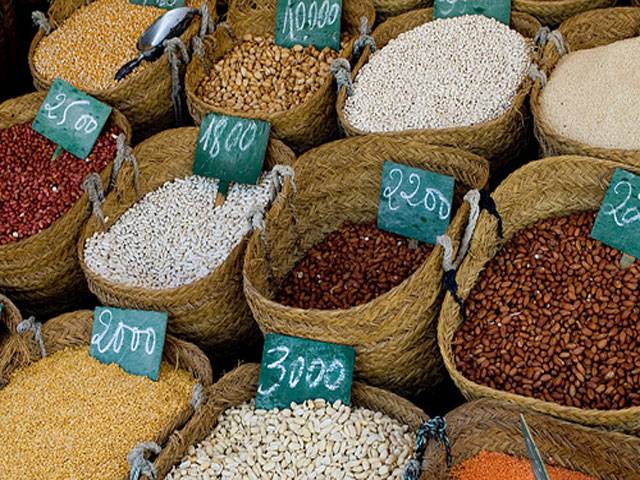ISLAMABAD - Only ten percent increase in food prices pushes 3.5 million more Pakistanis into extreme poverty (earning below $1.25 a day), noted by Asian Development Bank (ADB) in its recent study report released on Monday.
According to new ADB report, a spike in the cost of food staples like rice and wheat could push tens of millions more people into extreme poverty in South Asia but food subsidies targeted at the very poorest in the region would help them cope with still-high prices.
The study says that a 10 per cent rise in prices could push almost 30 million more Indians and nearly 4 million more Bangladeshis into extreme poverty. Pakistan is also at risk, with the same price leap causing an additional 3.5 million more people to drop to or below the $1.25-a-day income mark. South Asia’s high population growth rates and the high number of people already living on or close to the extreme poverty line of $1.25 a day mean it is one of the most vulnerable regions in the world to food price shocks. Spending on food already accounts for half the total budget of low-income households.
Major direct impact of persistent higher food prices also includes adverse impact on growth as it reduces real income consumption, saving and investment. Interest rate tightening as policy response to control inflation would reduce aggregate demand and lead to further economic slowdown. Implementation of food subsidies and other social safety net programmes are likely to increase current expenditure and worsen fiscal deficit. In particular, Bhutan, Sri Lanka, India, Pakistan and Maldives already have relatively high fiscal deficits
“Subsidising the cost of a basic meal for the poorest and most vulnerable in places like India means the help goes to those who need it the most without putting an excessive burden on government finances,” said Hiranya Mukhopadhyay, an economist in ADB’s South Asia Department and an author of the report.
Nepal and Sri Lanka would be less affected, although a further surge in wheat prices would be painful for Sri Lanka, which is completely dependent on imports of the staple and has already seen historical high prices in recent years.
The report notes that after peaks in 2008 and 2011, prices of key food commodities have eased somewhat, although the rate of decline was slow in South Asia than international average. In addition, the region suffers from higher overall food inflation rates than the rest of developing Asia, with food making up a bigger share of items measured by consumer price index.
Short-term weather shocks and costlier oil account for some of past price upside but the study says rapid population growth, changing food consumption patterns linked to higher incomes and stagnating agricultural output are more critical factors driving rising food demand and inflation. Although governments in the region have taken steps to counter higher prices, some measures may not be helpful to neighbouring countries. India’s temporary food export restrictions, for example, could have had adverse impact on prices in neighbouring countries, as India is the world’s second largest rice producer.
Long term, governments must step up support for agricultural research to spark another “green revolution” to lift output and help develop crops more resistant to weather extremes. More investment in infrastructure, such as irrigation systems and farm-to-market roads to improve distribution and reduce post harvest losses is also essential.
Strengthening home-grown initiatives such as food bank established in 2008 by South Asian Association for Regional Cooperation may also help to smooth out price volatility and improve food security in South Asian region during times of shortage, the report added.
Friday, April 19, 2024
High food prices send 3.5m Pakistanis below poverty line

Jahangir Khan PSA Satellite Series reaches semis stage
April 19, 2024
Sports Minister opens gymnasium hall, multi-purpose stadium
April 19, 2024
Hepatitis Challenge
April 18, 2024
IMF Predictions
April 18, 2024
Wheat War
April 18, 2024
Rail Revival
April 17, 2024
Addressing Climate Change
April 17, 2024
Justice denied
April 18, 2024
AI dilemmas unveiled
April 18, 2024
Tax tangle
April 18, 2024
Workforce inequality
April 17, 2024
New partnerships
April 17, 2024
ePaper - Nawaiwaqt
Advertisement
Nawaiwaqt Group | Copyright © 2024





